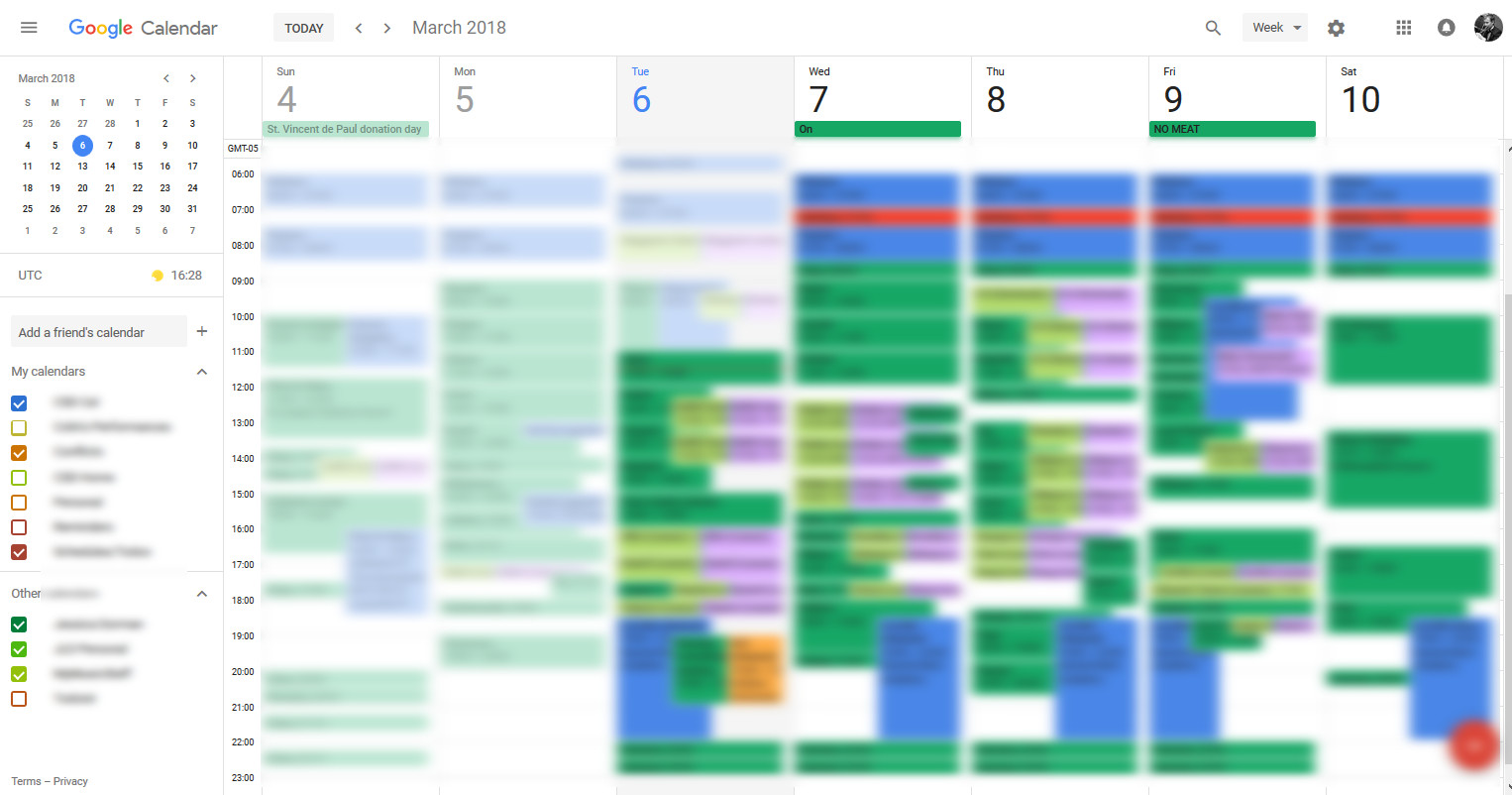It’s mid-August, which means that the Fall semester is either just beginning or on the horizon for middle school, high school, and college students.
While this semester promises to be a bit more “normal” than last semester (knock on wood), that is — for many — a double-edged sword.
While distance learning was certainly a big ol’ dumpster fire last year, one thing that did happen was lots of “habitual” obligations fell by the wayside. For some, this opened up their schedules in a way that allowed them more time for family, hobbies, or other meaningful non-work activities.
While this semester will likely see a return for many pre-pandemic activities, that doesn’t mean that you have to give up new activities that you’ve found meaningful.
It just means that you need to be a bit more intentional about using your time.
Time Blocking
[T]ime blocking…means that you structure out your day by defining specific blocks of time that you want to work on a specific activity…
One of the best habits that I picked up during the pandemic was time blocking.
While it goes by a few different names, time blocking essentially means that you structure out your day by defining specific blocks of time that you want to work on a specific activity (or activities).
There are a few reasons why this activity is so helpful (at least for me):
- It forces you to confront the “hard-edges” of your schedule. Whether you have a lot of commitments or a few, denying the reality of your schedule is a recipe for overwork and overwhelm.
- It lets you schedule (and track) progress on important but not urgent tasks. It’s easy to forget (or procrastinate) work on long-term projects until it’s too late. Scheduling time for this work on a regular basis will move them forward in a way that a couple of all-nighters can’t.
- It reduces the tendency to lose time to distractions by giving specific tasks to a certain time. If you finish a task early, you can either take a break or start your next task (and end your workday) earlier.
- By planning out your work, you can have a clear “end-of-work” time, even when you’re working from home. By having a clear separation between your work and personal time, you can reduce (or avoid) burnout.
If you’ve never given much thought to how you structure your workday, and you’re anxious about the return of all your prior commitments, this is an excellent time to try out time blocking.
Time Blocking Resources
Although I didn’t call it time-blocking at the time, back in 2018 I wrote about scheduling practice time on your calendar. This is especially important for high school and college students since they often have a lot of extra-curricular opportunities and long-term projects which require regular work to make progress.
My wife (a perpetually busy pianist, vocalist, and teacher) wrote a similar article about scheduling and time-blocking in her productivity blog on her website. Again, although she doesn’t call it “time blocking”, the basic idea is the same. This is how she manages her schedule, and she is quite busy.
I first heard of time-blocking from Cal Newport. While I use Google Calendar to do my scheduling and time blocking (since my wife can easily see it), Cal recommends using paper. I did buy (and use) his paper Time Block Planner for a few weeks, but since I had to copy the blocks to my Google Calendar whenever I made or updated them, I ended up eventually dropping the paper planner.
I still recommend the planner, though, since I did really enjoy writing it “manually”, and the planner has a 20-page essay that goes into a lot of depth about his time-block system. Cal also created a website for his planner that has some useful information about the process and a video showing how to use it.





